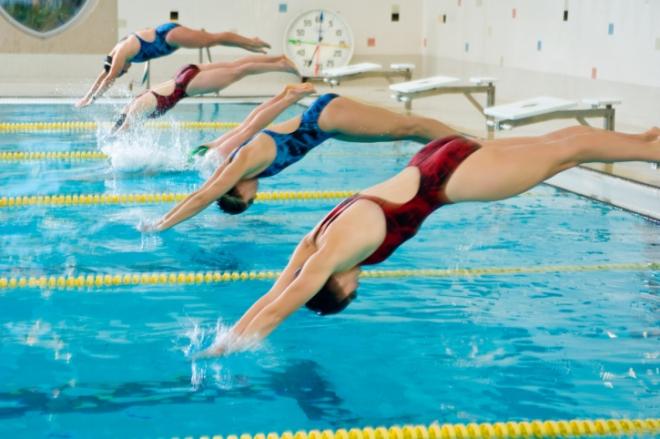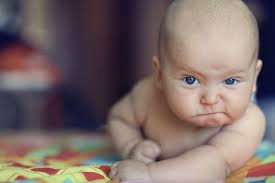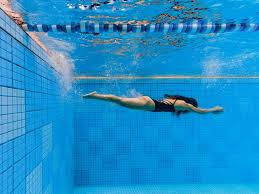Stamp: Children in different Stages of Life - Printing Variant (Netherlands 1966)
Children in different Stages of Life - Printing Variant (Netherlands 1966)
15 November (Netherlands ) within release Children Stamps 1966 goes into circulation Stamp Children in different Stages of Life - Printing Variant face value 12+8 Dutch cent
| Stamp Children in different Stages of Life - Printing Variant in catalogues | |
|---|---|
| NVPH: | NVP: NL 872a |
Stamp is horizontal format.
There are 2 printing variants of this stamp. Stamps from sheets and stamps from a block (NVPH 875). Sheet stamps are all printed at 100 dots per cm. The blocks are printed in 2 runs. In the first run, all stamps of the block were printed at 80 dots per cm. In the second run, the 12+8c stamp was printed in 100 dots per cm. So except for that 12+8c stamp, all block stamps have a resolution of 80 dots per cm. This stamp is from sheets and was printed with 100 dots per cm.Also in the issue Children Stamps 1966:
- Stamp - Children in different Stages of Life - Printing Variant face value 10+5;
- Stamp - Children in different Stages of Life - Printing Variant face value 12+8;
- Souvenir Sheet - Children in different Stages of Life - Printing Variant face value 2.50;
- Stamp - Children in different Stages of Life - Printing Variant face value 12+8;
- Stamp - Children in different Stages of Life - Printing Variant face value 12+8;
Stamp Children in different Stages of Life - Printing Variant it reflects the thematic directions:
Water sports or aquatic sports are sports activities conducted on waterbodies and can be categorized according to the degree of immersion by the participants.
Biologically, a child (plural: children) is a human being between the stages of birth and puberty. The legal definition of child generally refers to a minor, otherwise known as a person younger than the age of majority. Child may also describe a relationship with a parent (such as sons and daughters of any age) or, metaphorically, an authority figure, or signify group membership in a clan, tribe, or religion; it can also signify being strongly affected by a specific time, place, or circumstance, as in "a child of nature" or "a child of the Sixties". There are many social issues that affect children, such as childhood education, bullying, child poverty, dysfunctional families, child labor, hunger, and child homelessness. Children can be raised by parents, by fosterers, guardians or partially raised in a day care center.
In common terminology, a baby is the very young offspring of adult human beings, while infant (from the Latin word infans, meaning 'baby' or 'child') is a formal or specialised synonym. The terms may also be used to refer to juveniles of other organisms. A newborn is, in colloquial use, a baby who is only hours, days, or weeks old; while in medical contexts, a newborn or neonate (from Latin, neonatus, newborn) is an infant in the first 28 days after birth (the term applies to premature, full term, and postmature infants).
Sport is a form of physical activity or game. Often competitive and organized, sports use, maintain, or improve physical ability and skills. They also provide enjoyment to participants and, in some cases, entertainment to spectators. Many sports exist, with different participant numbers, some are done by a single person with others being done by hundreds. Most sports take place either in teams or competing as individuals. Some sports allow a "tie" or "draw", in which there is no single winner; others provide tie-breaking methods to ensure one winner. A number of contests may be arranged in a tournament format, producing a champion. Many sports leagues make an annual champion by arranging games in a regular sports season, followed in some cases by playoffs.
Swimming is the self-propulsion of a person through water, or other liquid, usually for recreation, sport, exercise, or survival. Locomotion is achieved through coordinated movement of the limbs and the body to achieve hydrodynamic thrust that results in directional motion. Humans can hold their breath underwater and undertake rudimentary locomotive swimming within weeks of birth, as a survival response. Swimming requires stamina, skills, and proper technique.




